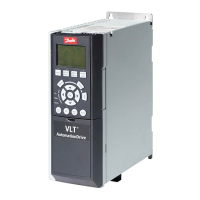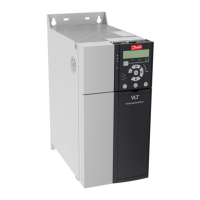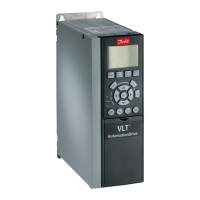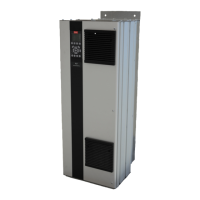10.9 Modbus RTU Overview
10.9.1 Assumptions
Danfoss assumes that the installed controller supports the
interfaces in this manual, and strictly observes all
requirements and limitations stipulated in the controller
and adjustable frequency drive.
10.9.2 Prerequisite Knowledge
The Modbus RTU (Remote Terminal Unit) is designed to
communicate with any controller that supports the
interfaces defined in this document. It is assumed that the
reader has full knowledge of the capabilities and
limitations of the controller.
10.9.3
Modbus RTU Overview
Regardless of the type of physical communication
networks, the Modbus RTU Overview describes the process
a controller uses to request access to another device. This
process includes how the Modbus RTU responds to
requests from another device, and how errors are detected
and reported. It also establishes a common format for the
layout and contents of message fields.
During communications over a Modbus RTU network, the
protocol determines:
•
How each controller learns its device address
•
Recognizes a message addressed to it
•
Determines which actions to take
•
Extracts any data or other information contained
in the message
If a reply is required, the controller constructs the reply
message and sends it.
Controllers communicate using a master-follower
technique in which only one device (the master) can
initiate transactions (called queries). The other devices
(followers) respond by supplying the requested data to the
master, or by responding to the query.
The master can address individual followers or initiate a
broadcast message to all followers. Followers return a
message, called a response, to queries that are addressed
to them individually. No responses are returned to
broadcast queries from the master. The Modbus RTU
protocol establishes the format for the master query by
placing into it the device (or broadcast) address, a function
code defining the requested action, any data to send, and
an error-checking field. The follower response message is
also constructed using Modbus protocol. It contains fields
confirming the action taken, any data to return, and an
error-checking field. If an error occurs in receipt of the
message, or if the follower is unable to perform the
requested action, the follower constructs an error message,
and send it in response, or a timeout occurs.
10.9.4
Adjustable Frequency Drive with
Modbus RTU
The adjustable frequency drive communicates in Modbus
RTU format over the built-in RS-485 interface. Modbus RTU
provides access to the control word and bus reference of
the adjustable frequency drive.
The control word allows the Modbus master to control
several important functions of the adjustable frequency
drive:
•
Start
•
Stop of the adjustable frequency drive in various
ways:
Coast stop
Quick stop
DC Brake stop
Normal (ramp) stop
•
Reset after a fault trip
•
Run at various preset speeds
•
Run in reverse
•
Change the active set-up
•
Control the built-in relay of the adjustable
frequency drive
The bus reference is commonly used for speed control. It is
also possible to access the parameters, read their values,
and, where possible, write values to them, permitting a
range of control options, including controlling the setpoint
of the adjustable frequency drive when its internal PI
controller is used.
RS-485 Installation and Set...
Design Guide
274 Danfoss A/S © Rev. 2014-02-10 All rights reserved. MG34S222
1010
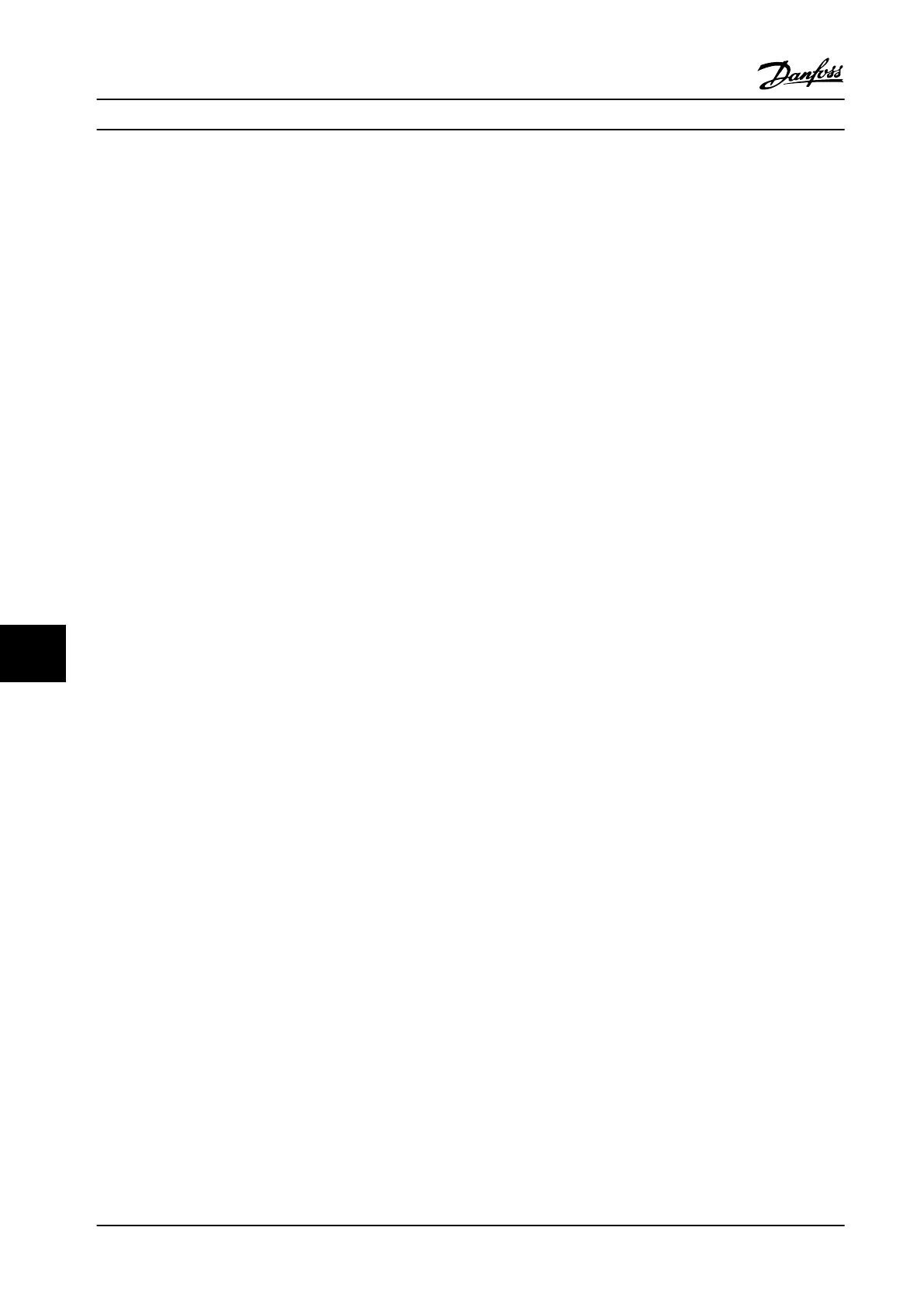